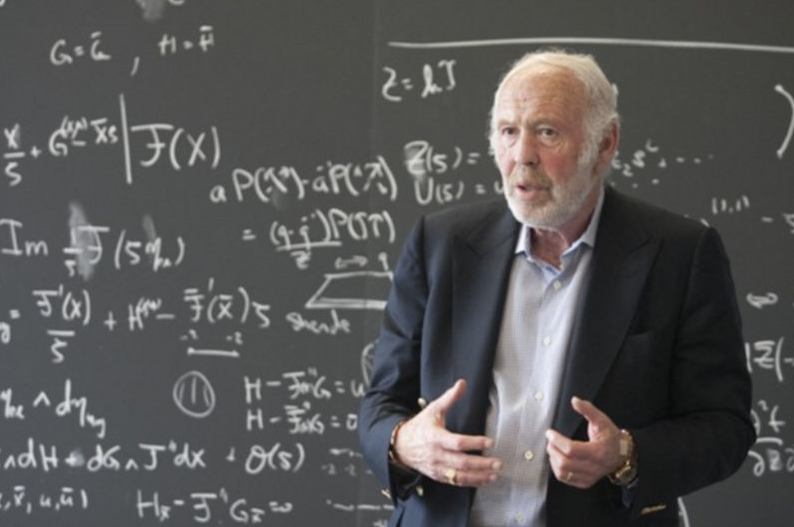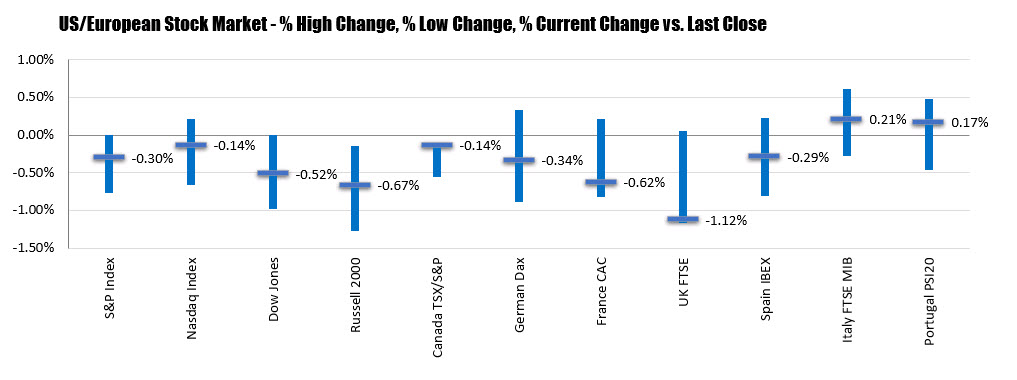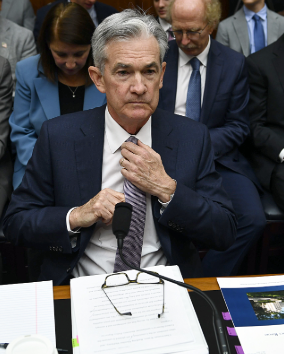Moody’s Investors Service (“Moody’s”) has taken a number of rating actions on Indian non-financial corporates, following its earlier announcement that it has changed the outlook on India’s Baa2 sovereign rating to negative from stable.
As a result of the sovereign rating action, Moody’s has changed the outlook on the ratings of the following companies:
Bharat Petroleum Corporation Limited (BPCL): Affirmed Baa2 foreign currency issuer and senior unsecured debt ratings and revised outlook to negative from stable. Also affirmed the (P)Baa2 foreign currency senior unsecured rating on the MTN program. The ba1 baseline credit assessment (BCA) is affirmed.
Hindustan Petroleum Corporation Ltd. (HPCL): Affirmed Baa2 foreign currency issuer and senior unsecured debt rating and revised outlook to negative from stable.
Indian Oil Corporation Ltd (IOCL): Affirmed Baa2 foreign currency issuer and senior unsecured debt ratings and revised outlook to negative from stable. The ba1 BCA is affirmed.
Oil and Natural Gas Corporation Ltd. (ONGC): Affirmed Baa1 local and foreign currency issuer rating; revised outlook to negative from stable. Also affirmed the (P)Baa1 foreign and local senior unsecured ratings on the MTN program. The baa1 BCA is affirmed.
Oil India Limited (OIL): Affirmed Baa2 local and foreign currency issuer and foreign currency senior unsecured debt ratings; revised outlook to negative from stable. The baa3 BCA is affirmed.
Petronet LNG Limited (PLL): Affirmed Baa2 foreign currency issuer rating; revised outlook to negative from stable.
Infosys Limited (Infosys): Affirmed A3 local currency issuer rating and revised outlook to negative from stable.
Tata Consultancy Services Limited (TCS): Affirmed A3 local currency issuer rating and revised outlook to negative from stable.
A full list of affected ratings is provided towards the end of this press release.
RATINGS RATIONALE (more…)




